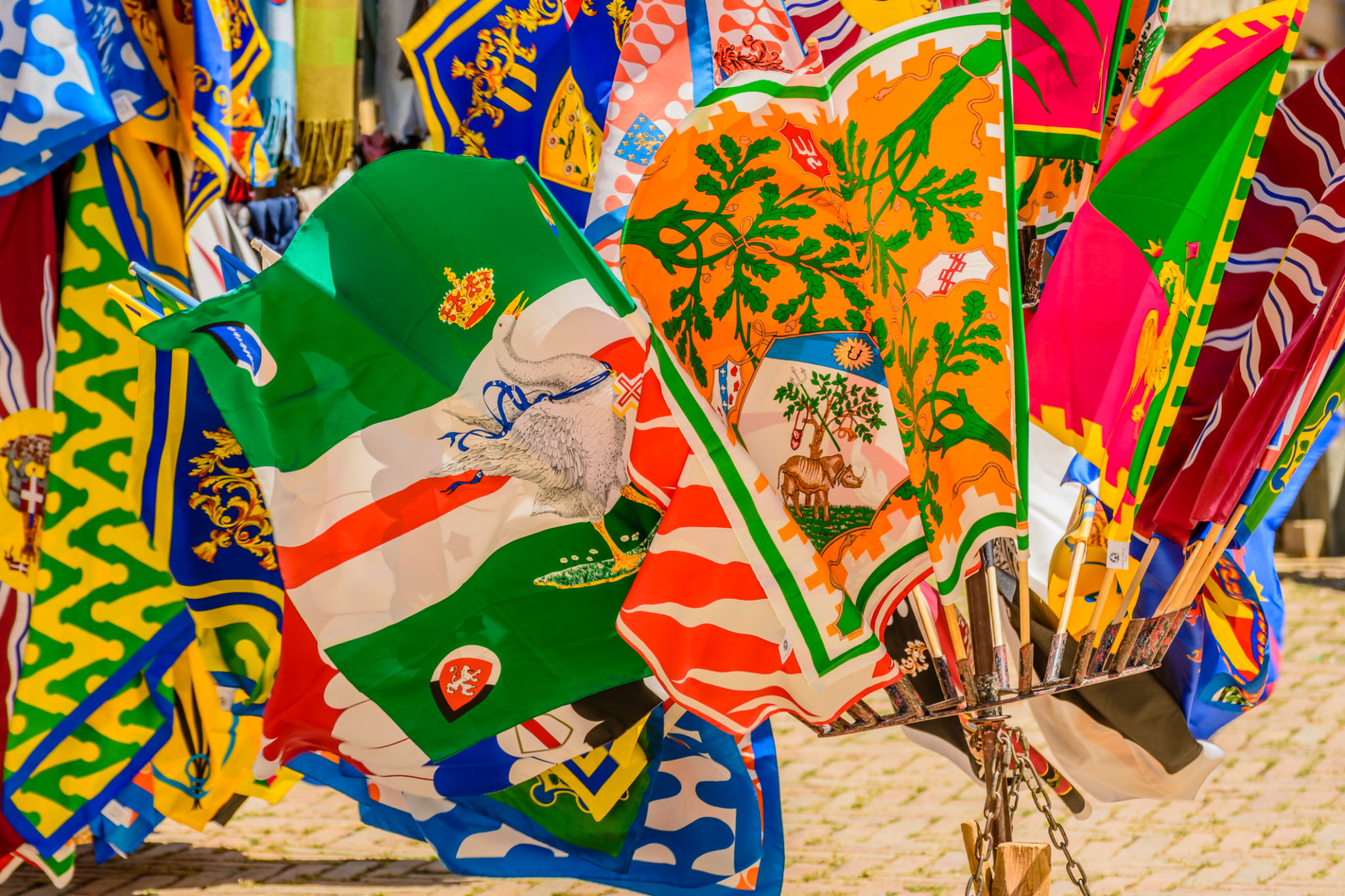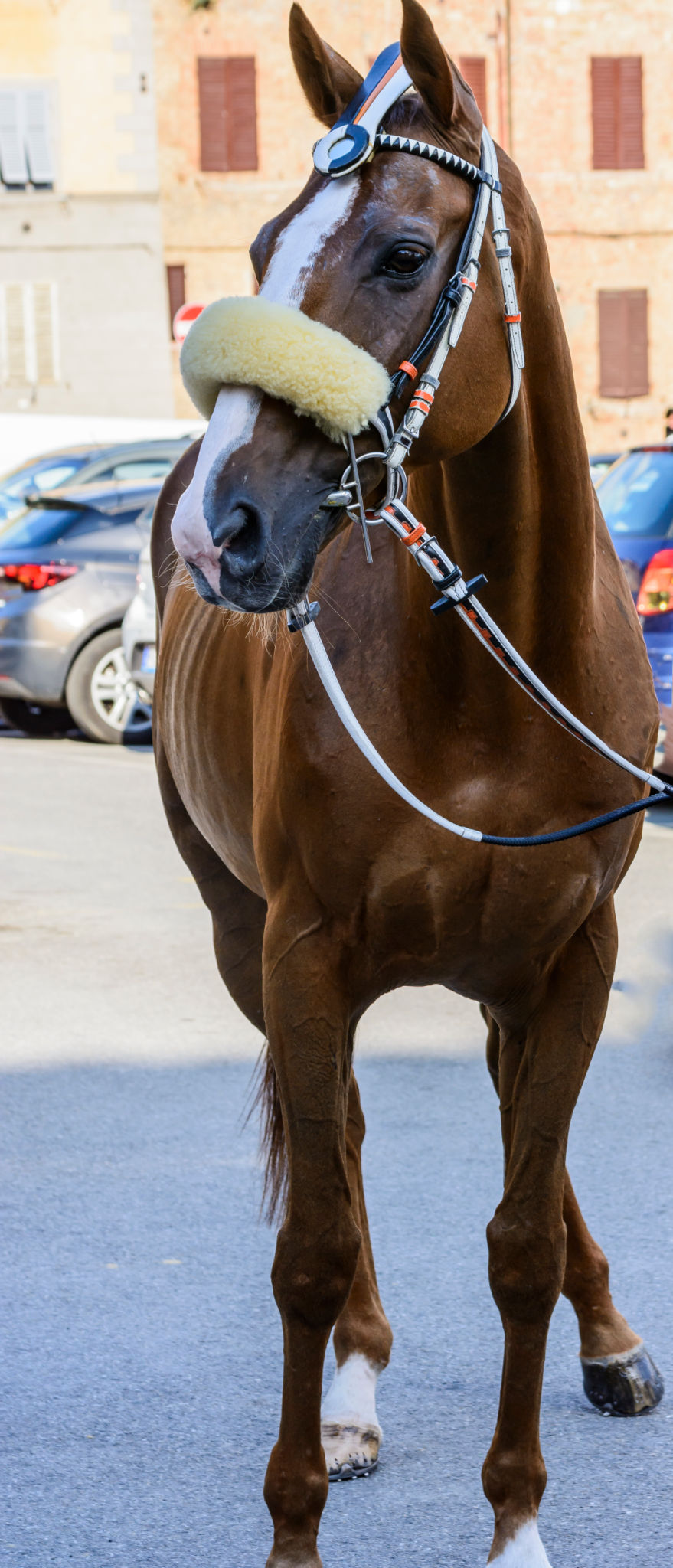Local Insights: Understanding the Cultural Significance of Siena's Palio
The Essence of Siena's Palio
Nestled in the heart of Tuscany, the city of Siena is renowned for its rich history, stunning architecture, and vibrant cultural events. Among these, the Palio di Siena stands out as a quintessential manifestation of the city's heritage. This historic horse race, held twice a year, is not merely a sporting event; it is a deeply entrenched cultural phenomenon that has captivated locals and visitors alike for centuries.

Historical Roots and Traditions
The origins of the Palio date back to the Middle Ages, with the first official race believed to have taken place in 1633. This event was initially conceived as a celebration of local patron saints and a testament to community spirit. Over time, it evolved into a fierce competition among Siena's contrade, or districts, each vying for victory and honor.
Each contrada has its own rich history, complete with unique emblems, colors, and rivalries that add layers of complexity to the race. The sense of identity and pride among residents is palpable, as winning the Palio brings immense prestige and joy to the victorious district.
The Race Day Experience
On the day of the Palio, the city transforms into a vibrant tapestry of sights and sounds. The festivities begin with a grand procession featuring medieval costumes, drummers, and flag bearers, all contributing to an atmosphere of anticipation and excitement. The actual race occurs in the Piazza del Campo, a stunning medieval square that provides a breathtaking backdrop for this exhilarating event.

As ten horses representing different contrade thunder around the piazza's dirt track, spectators are swept up in a whirlwind of emotion. The race lasts only about 90 seconds but leaves a lasting impression on all who witness it. The intensity of the competition and the passionate support from each district's residents make for an unforgettable experience.
Cultural Significance
The Palio is more than just a race; it is a powerful expression of community and tradition. The event fosters a deep sense of belonging among Sienese residents, strengthening bonds both within and between contrade. The preparations leading up to the race involve months of planning, with each district meticulously organizing events, dinners, and strategies to ensure their best chance at victory.
This communal effort highlights the importance of unity and collaboration in achieving common goals. Moreover, the Palio serves as a living testament to Siena's ability to preserve its cultural heritage while adapting to modern times.

Impact on Tourism
The allure of the Palio extends beyond Siena's borders, attracting tourists from around the world eager to witness this unique spectacle. The influx of visitors during race periods provides a significant boost to the local economy, benefiting hotels, restaurants, and shops throughout the city.
For travelers, attending the Palio offers an unparalleled opportunity to immerse themselves in Sienese culture and gain insight into the traditions and values that define this vibrant community. It is an experience that leaves lasting memories and fosters a deeper appreciation for the rich tapestry of Italian heritage.
Preserving Tradition for Future Generations
As Siena continues to embrace progress and change, the Palio remains a cherished symbol of continuity and tradition. Efforts are continuously made to safeguard this cultural treasure for future generations, ensuring that it retains its historical significance while adapting to contemporary contexts.
By understanding and respecting the cultural significance of the Palio di Siena, both locals and visitors can contribute to preserving this remarkable tradition. Through shared experiences and mutual appreciation, the legacy of the Palio will continue to thrive, embodying the enduring spirit of Siena for years to come.